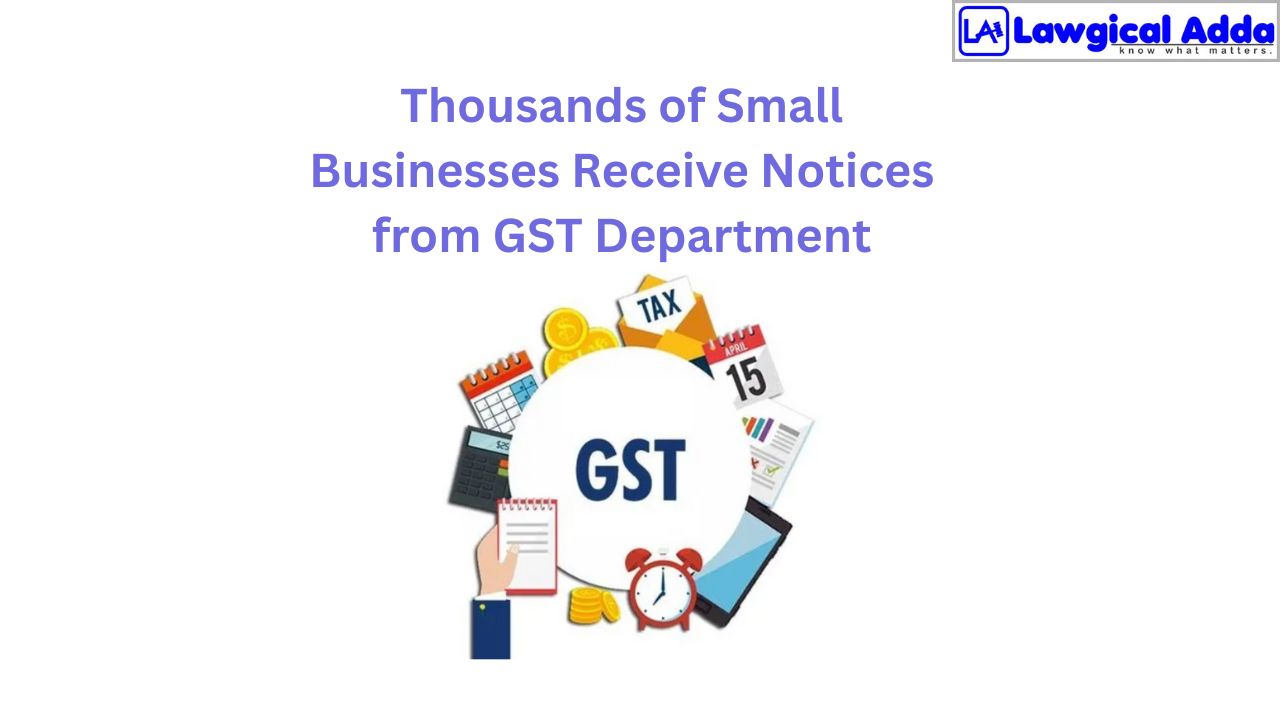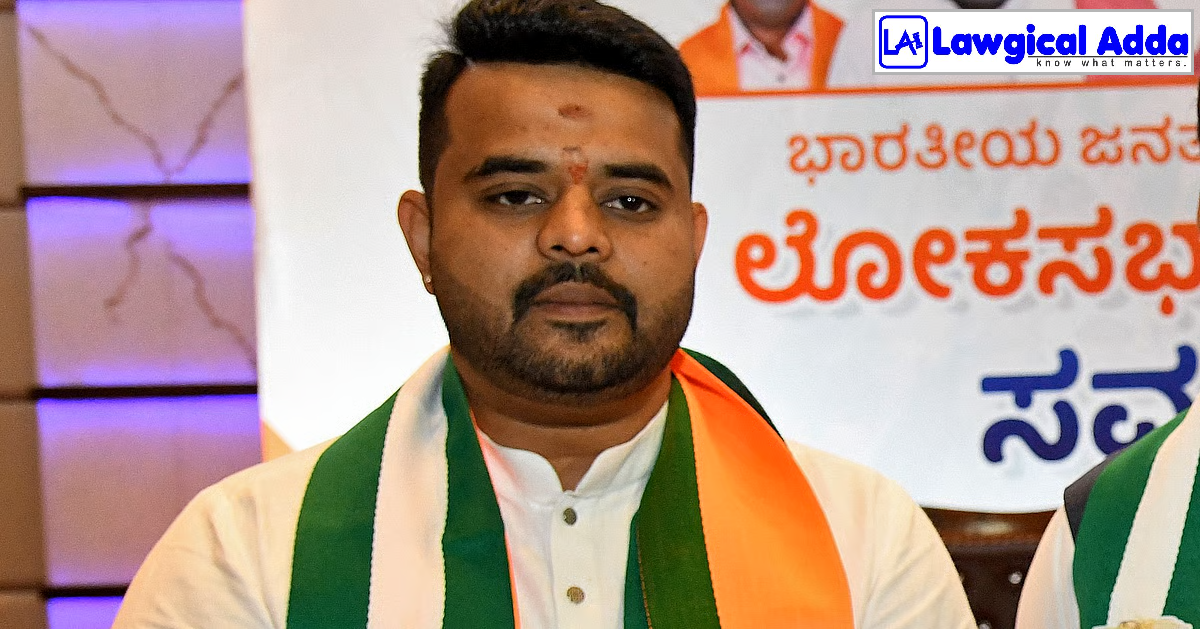Audit of Charitable Trust : In Simple Terms

Table of Contents
Introduction
Organizations dedicated to promoting liberty and the welfare of society are known as charitable societies. In the areas of religion, education, and other things, they advance the interests of the general good. Each nation has its own regulations and levies, including audit of Charitable Trust, that have an impact on charity institutions.
The primary source of funding for charitable groups is donations from the public. Charitable societies are subject to an audit under forms 10B and 10BB. The audit of charitable trust involves a number of verifications. Charitable societies must adhere to a certain process if the total income exceeds the cap.
Requirement of Audit of Charitable trust Societies
A benevolent society cannot be audited unless the following conditions are met. If the society’s total revenue for the prior year fell short of the allocated ceiling, then an audit is not required.
In addition, if total revenue is less than the maximum spending limit, the society is exempt from income tax. Additionally, if the recipient’s income satisfies the conditions of Sections 11 or 12, or Clauses 23, 23AA, or 23C, the society’s donations are deductible.
Documents required for the Audit of Charitable Trust
When auditing charity societies, the auditor should carefully review the following papers.
● Every report pertaining to the revenues and payments
● Every balance statement within the nonprofit organisations
● A profit and loss statement accompanied by documentation and company reports
● Every aspect of the trust and governing committee meetings
● Every expense report and revenue statement
● If income tax is applicable for the audit of charitable trust and societies, proof of paid income tax documentation
Filing of Return
All philanthropic groups with revenue over the minimum exemption criteria in the previous year are required to submit their income report. When determining the “income” for the purpose of filing the return, the provisions of sections 11 and 12 of the Act shall not be taken into account.
These returns have to be turned in to either the Income-Tax Officer or the Assessing Officer, whose local authority they fall under. The return has to be filed following the instructions in sections 139(4A) and (4C) and in the manner given by section 139 of the Act.
All organisations and trusts must file their returns in ITR-7 by October 30 of the assessment year (as amended by the Finance Act 2020; before, it was September 30). This is because charitable trusts are not eligible for an exemption under sections 11 to 12 until their revenue is above the maximum taxable amount and they have undergone an audit of charitable trust and their accounts.
In the event that it chooses not to claim exemption under sections 11 and 12, the deadline is July 31 of the assessment year. Rule 17B of the Income-Tax Rule, 1962 requires an audit report on Form 10B to be included with the return.
Duty of the auditor
Numerous significant variables should be considered in an audit of charitable trust . The auditor must, first and foremost, be knowledgeable with the legal and constitutional foundation of society as well as relevant state and federal government regulations.
To ensure the audit is completed effectively, the auditor must create a comprehensive inventory of all correspondence, accounts, and other necessary documents. It is important to be aware of everything that might influence the way society is seen.
Among the tasks assigned to the auditor are obtaining a list of regular donors and monitoring the type and intent of their contributions, confirming the amount of subscriptions, and making sure that donations and subscriptions are accurately recorded in cash books, membership lists, donor registers, and receipts. Ensuring that money received for certain reasons are used as intended is the auditor’s responsibility.
Donations must be properly classified as either income or capital, and the auditor must be familiar with both categories’ proper accounting procedures. In addition, the auditor ought to examine the state code to see if the nonprofit organisation is eligible for any awards. It is required to verify committed but unpaid contributions as well as outstanding subscriptions from the prior year.
Investments need to be checked against the regulations regulating nonprofit organisations and validated in tangible registries. Consult the legacies record and receipt books to verify the legacies. In accordance with conventional auditing processes, the auditor should also assess the society’s assets and liabilities as of the balance sheet date, examine cash on hand and banked funds, and study expenses.
Conclusion
When revenue exceeds tax-exempt thresholds, a certified chartered accountant must be involved in the trust or non-governmental organisation audit under Section 12A(1)(b). Examining option exercises, contrasting nonreceipt claims with prior years, and confirming presumed income data for compliance are all part of the audit inspection. In philanthropic undertakings, this procedure guarantees precise income computation, fostering financial openness and regulatory compliance.




